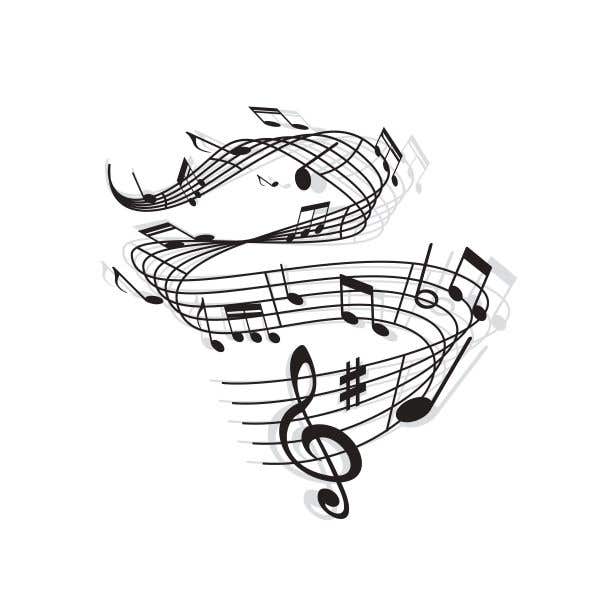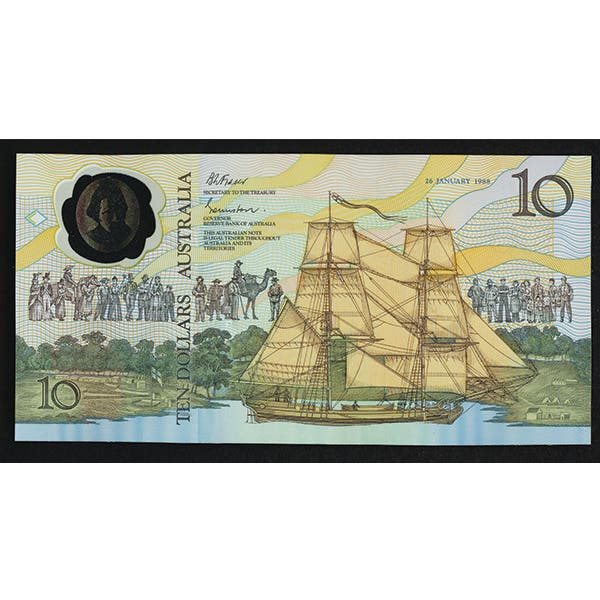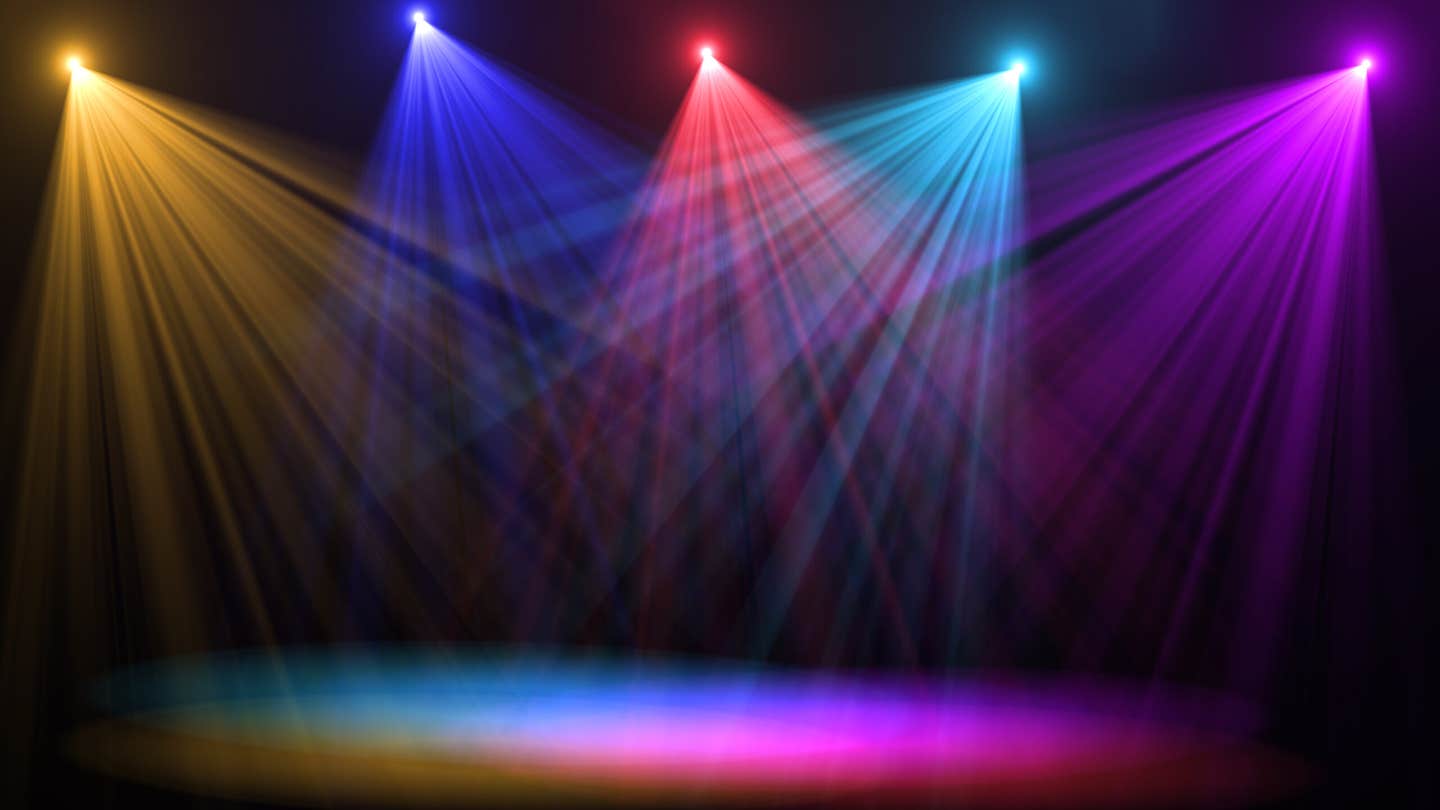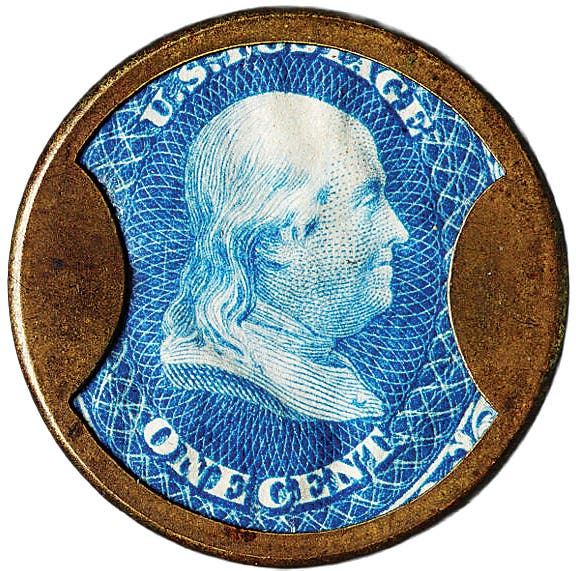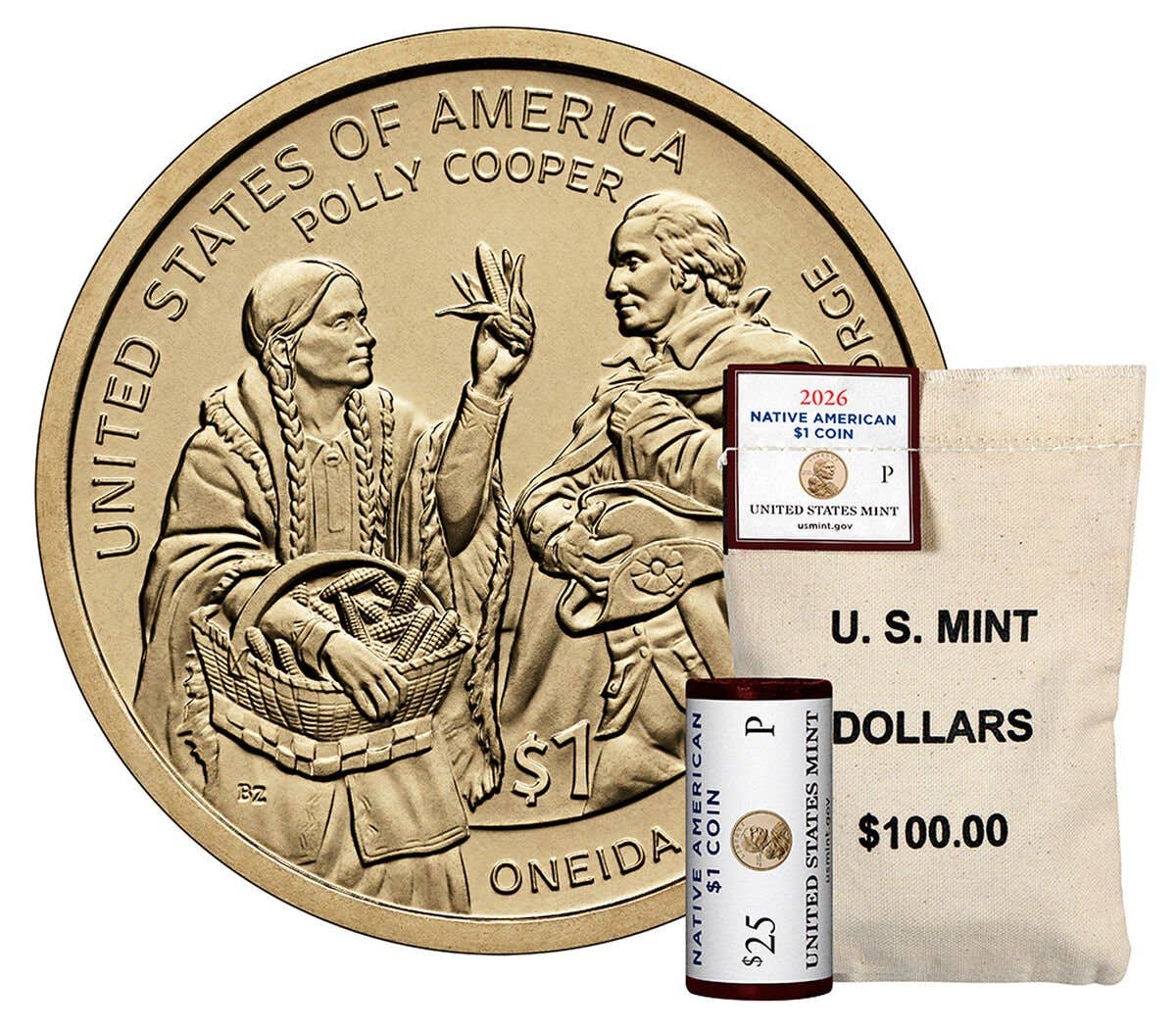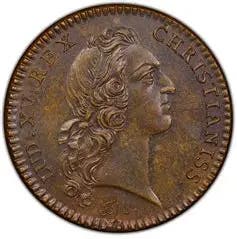Letters to the Editor (April 2, 2019)
Mystery coin & stamp set I hope you can help me. I have three sets of the Moon Landing Coin & Stamp Commemoratives pictured here. I was told by a…
Mystery coin & stamp set
I hope you can help me. I have three sets of the Moon Landing Coin & Stamp Commemoratives pictured here. I was told by a friend of mine that the post office issued these sets. I can’t find any information on them. I went to our post office in town and they didn’t have a picture of the stamp or anything about them.
Harold S. Evans
Bainbridge, Ind.
Editor’s Note: According to details on the package, the set contains a 40 percent silver 1969-D Kennedy half dollar along with the 10-cent First Man on the Moon U.S. stamp and was issued on Sept. 9, 1969, in Washington, D.C. Our research did not turn up the issuer but did locate a few examples for sale in the $60-$160 range. Can readers provide further details?
Add letters to grading?
I don’t know all the factors that professional graders consider, but I look at the following factors when deciding whether to buy a coin, and an assigned letter grade to each would be very helpful.
1 – Strike quality
2 – Field quality
3 – Luster
4 – Contact marks, scratches, etc.
5 – Overall eye appeal
The current grades of AU, MS, PF, etc. could be retained. Simply add letter grades to the factors mentioned above. For example, a 1960 Lincoln cent graded MS60 ACCBB would be an uncirculated one (no wear), with a strong strike, a rough field (dimpled metal, etc.), little luster, few contact marks or scratches, but decent eye appeal.
With the current grading system, there can be rather significant differences in coins with the same grade. A little fine-tuning would be good.
Robert Umbarger
Munroe Falls, Ohio
Where are low serial notes?
With all the currency printed by the BEP, did you ever wonder where the low numbers on the serial numbers are distributed? Whether the 1s, 2s, 5s, 10s, 20s, 50s or 100s are distributed into circulation to FRBs and then into the banking system, where are first 1,000 bills headed?
All serial numbers have a sequence of eight numbers, and in my case the most leading zeroes I have ever seen are three. So that means I have seen one of the first 99,999 bills. And in my case it was a star note, and I assume the BEP does not print as many of these notes as they do for regular notes for circulation.
Do certain banks in each FRB area get the low notes? Can a bank order the low notes from the FRB [and] then sell to their favorite customers? I would like to see someday a number between 00000001 - 00000999. I always pay attention to the notes I receive and especially look for the star notes. I am in my 60s and hope someday to find one.
Ralph A. Fuller
Cleveland, Ohio
Fate of counterfeits coins
After reading Mr. Fazzari’s article he wrote regarding counterfeit coins getting better and better (Jan. 22 issue, page 14), I couldn’t help but wonder, what happens to these coins after they are detected as counterfeits by the grading companies?
Are they confiscated? Or are they returned, not slabbed to the submitter, who may try to sell them raw to an-unknowing buyer (I hope this is not the case) to recover his investment?
Can these coins be permanently ID’d (stamped?) as counterfeit first before returning them? Just curious.
Mike
Boonsboro, Md.
This article was originally printed in Numismatic News. >> Subscribe today.
If you like what you've read here, we invite you to visit our online bookstore to learn more about 2019 U.S. Coin Digest.




